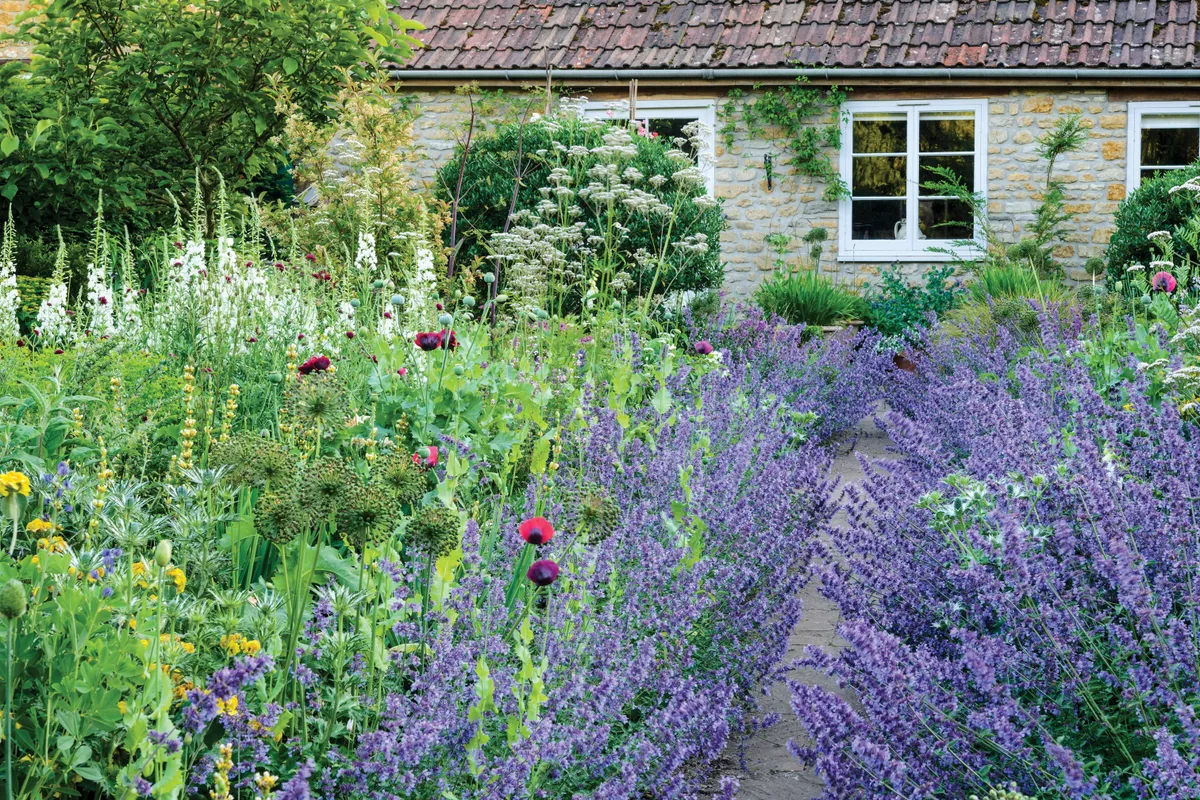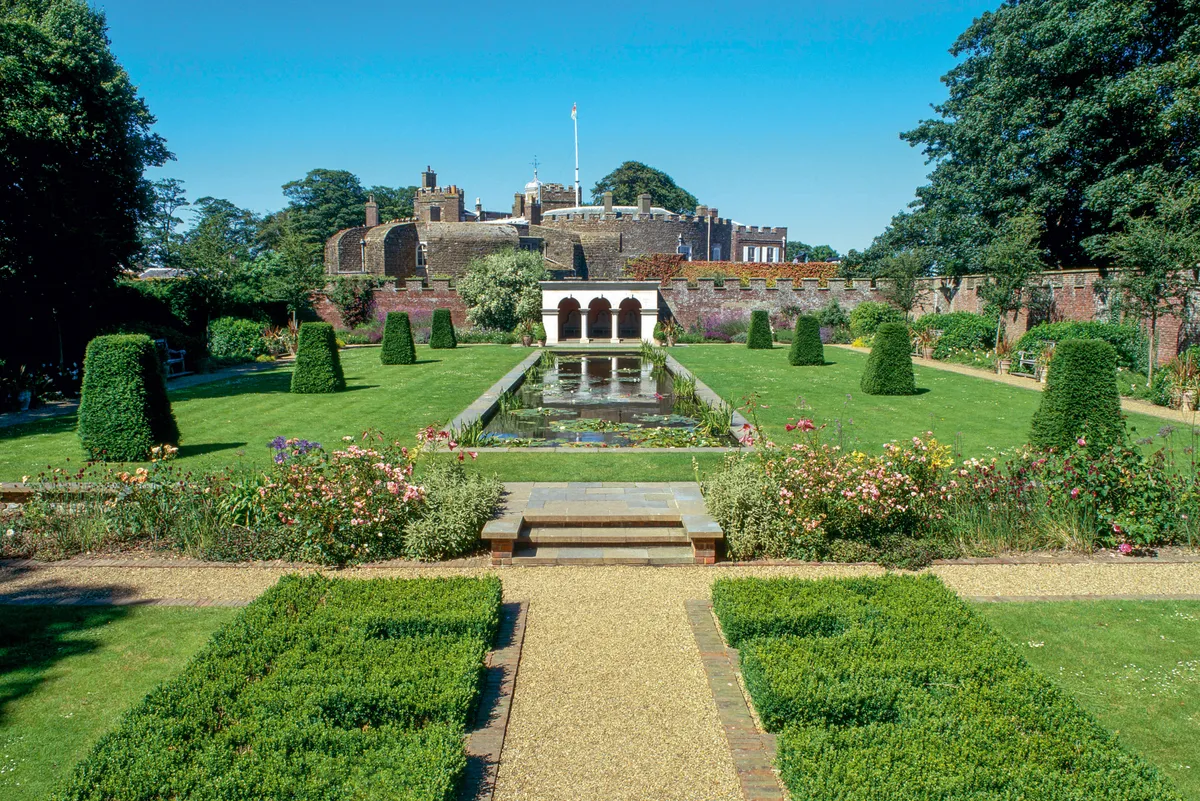Few gardeners are famous enough to have been on Desert Island Discs, or to have worked with Audrey Hepburn, but Penelope Hobhouse has done both. And now, she's planning a party. The grand dame of gardening turns 90 in November, and she will celebrate with as many friends as can squeeze into her son’s barn conversion in Somerset. A true Renaissance woman – gardener, writer, designer, lecturer, TV presenter – Penelope Hobhouse has enjoyed a stellar career. Here she talks through her design principles.
Penelope Hobhouse’s six design principles
1
Think about backgrounds
Large trees can be used to frame the sky; hedges provide vertical and horizontal lines as well as a background for planting; while small trees with broad, globular or pyramidal heads act as ‘ceilings’. Low continuous hedging can be used to frame pathways.
2
Create a strong framework
I have been inspired by places such as Hidcote and Tintinhull, but also by garden history, especially by Italian Renaissance and Islamic gardens. I tend to create a strong structure or framework for my gardens, with looser planting within. The architecture can be supplied by buildings, walls, steps and pergolas, but also by plants.
3
Don't overuse colours
The cardinal rule for planting is to use bright colours sparingly. Form is much more important than colour, and flowers are fleeting, so start instead with the shapes and hues of trees, hedges and shrubs, and the leaf form and colour of herbaceous plants, the shape they make and the height they grow to. Plant in strong masses and repeat core plants throughout a scheme.
4
Mix plants up
Appropriate planting is vital to the success of any garden. Choose plants that will not only do well in any particular spot but will also associate happily with any indigenous neighbouring plants.
5
Repeat, repeat, repeat
To help unite the house and garden and create flow, repeat hard or soft features.
6
Don't forget it's for you
Gardens should also provide shade and shelter, seats for contemplation, scents and solitude, and require just the amount of maintenance to encourage relaxation, because, above all, they are places to be enjoyed.
Two of Penelope Hobhouse's creations

Penelope Hobhouse's current garden, which she laid out in her eighties, is an exuberant mix of cottage-style planting with Nepeta racemosa 'Walker's Low' lining the path to her house and the tall, white spikes of Chamaenerion angustifolium 'album' adding light. 'When I came here at 83, I knew this was going to be my last garden, so I decided to do it just for me. Me, and the cat.'

Penelope was hugely proud to be asked to create a garden for The Queen Mother at Walmer Castle. She drew on her knowledge of Islamic Paradise gardens, which strongly influenced the central reflecting pool and arched pavilion at the far end.
Penelope Hobhouse’s The Story of Gardening, revised with Ambra Edwards, has been reissued by Pavilion Books. Buy September's Gardens Illustrated for our full feature on Penelope Hobhouse.